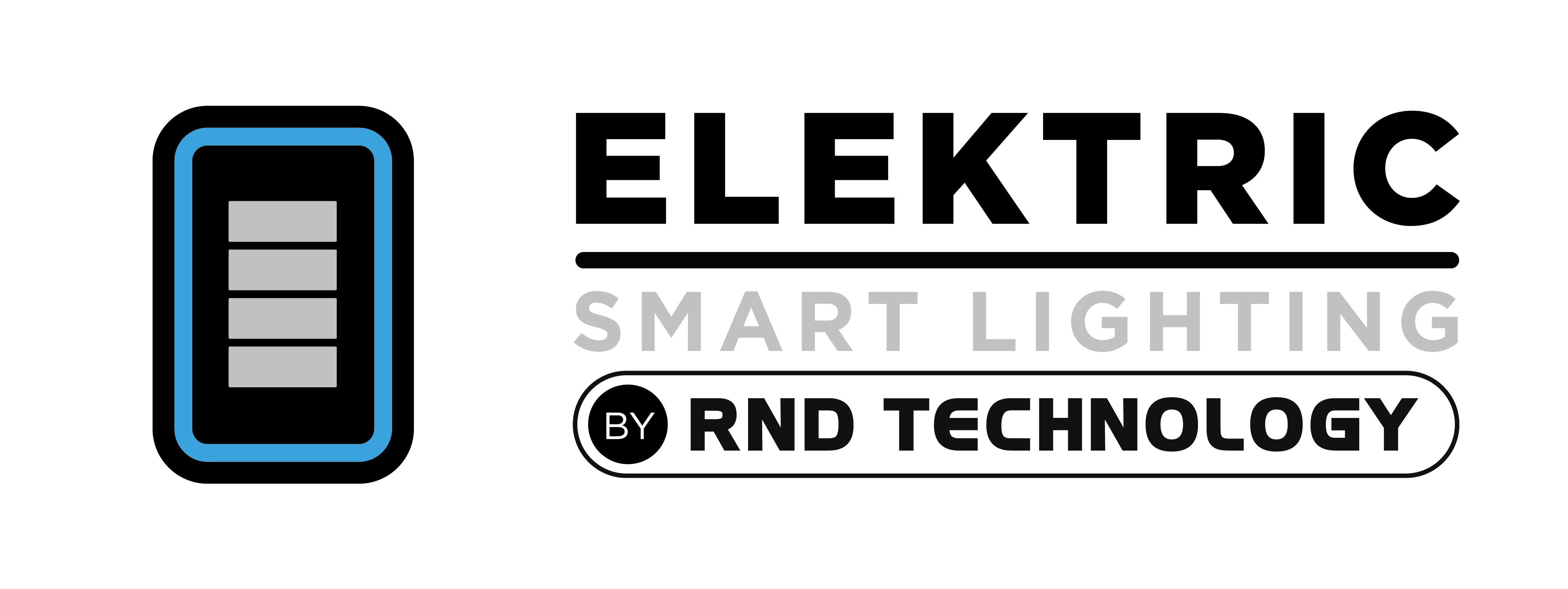Is wireless really wireless? In the world of home automation, the promise of “wireless” devices often sparks excitement. No drilling, no cables, no mess—just sleek, modern tech seamlessly integrated into your home. But is “wireless” truly as untethered as it sounds? Let’s dig into what “wireless” really means in the context of home automation and how it impacts your setup.
What Does “Wireless” Actually Mean?
When we hear “wireless,” it’s easy to assume complete freedom from cords and cables, but in reality, “wireless“ in home automation primarily refers to how devices communicate. Instead of being connected via physical wires, they use technologies like Wi-Fi, Bluetooth, Zigbee, or Z-Wave to transmit data. These communication protocols allow devices to connect with hubs, smartphones, or each other without needing a direct physical link.
However, wireless doesn’t mean completely untethered:
- Power Needs: Many wireless devices require electrical outlets or batteries.
- Connectivity Hubs: Devices often communicate with a central hub, which is typically hardwired to your internet router.
- Range Limitations: Wireless signals rely on proximity and can be affected by barriers like walls and floors.
Understanding this distinction is crucial when planning a home automation system to avoid surprises during setup.
The Hidden Wiring of Wireless Systems
While wireless technology cuts down on visible cables and offers convenience, there are hidden elements that still require infrastructure:
- Power Sources: Many devices, like smart TVs, speakers, or automated blinds, still need to be plugged into electrical outlets. Battery-powered devices, such as wireless cameras, need regular maintenance or recharging.
- Hubs and Gateways: Systems like Zigbee or Z-Wave require a hub to coordinate communication between devices, and this hub usually connects to your home’s router via Ethernet.
- Hardwired Fail-Safes: Some systems offer optional wired connections as a backup to ensure reliability, especially for mission-critical devices like security cameras.
- Outdoor Considerations: For outdoor devices like smart lighting or speakers, power cables and weatherproof wiring may be necessary, even if communication remains wireless.
This mix of wireless communication with necessary physical components shows that “wireless“ isn’t entirely wire-free—it simply reduces reliance on visible, sprawling connections.
Benefits of Wireless Home Automation
Wireless technology has revolutionized the way we integrate smart devices into our homes, offering several advantages:
- Ease of Installation: With no need for extensive wiring, wireless devices can often be set up in minutes, making them perfect for DIY enthusiasts.
- Flexibility and Portability: Wireless devices are easy to relocate. Whether you’re rearranging your living room or moving to a new home, you can bring your smart devices with you.
- Scalability: Wireless systems allow you to add new devices seamlessly as your needs evolve, making it easier to expand your smart home ecosystem over time.
- Reduced Aesthetic Impact: With fewer visible cables, wireless systems maintain the sleek, modern aesthetic homeowners desire.
- Remote Accessibility: Wireless communication enables you to control and monitor devices from anywhere using apps on your smartphone or tablet.
Challenges of Wireless Systems
Despite the many benefits, wireless systems come with their own set of challenges:
- Network Dependence: Wireless systems heavily rely on a stable internet connection. Network outages or weak Wi-Fi signals can disrupt device performance.
- Range Limitations: Technologies like Bluetooth and Zigbee have shorter ranges, which can lead to dead zones in larger homes.
- Interference: Wireless signals can be affected by physical obstacles, such as thick walls, metal appliances, or even other electronic devices operating on the same frequency.
- Battery Maintenance: Devices powered by batteries require regular recharging or replacement, which can become inconvenient over time.
- Security Concerns: Wireless systems are susceptible to hacking if not properly secured. Encrypting your network and using strong passwords are essential precautions.
Hybrid Systems: The Best of Both Worlds
Many modern home automation setups combine wireless and wired components for optimal performance. For example:
- Wired power ensures your devices stay operational without needing frequent battery changes.
- Wireless communication enables flexibility and remote access.
This hybrid approach is particularly beneficial for systems that require reliability, like security cameras or home theaters.
When Is Wireless the Right Choice?
Wireless home automation is perfect for:
- Renters or homeowners who want minimal installation.
- Those looking to automate a smaller space where range isn’t an issue.
- Individuals prioritize convenience and flexibility over high-end performance.
A hybrid or wired solution may be the better choice for larger homes or setups requiring maximum reliability.
Conclusion
Wireless home automation offers incredible convenience, but it’s essential to understand its limitations. While “wireless“devices free you from many traditional constraints, some components still rely on infrastructure like power, hubs, and network connectivity. By balancing wireless and wired technologies, you can create a smart home system that fits your needs perfectly.
At RND Technology, we help you design the ultimate smart home—whether you prefer a wireless system, wired reliability, or a hybrid setup. Ready to explore your options? Let’s create your dream home today.







